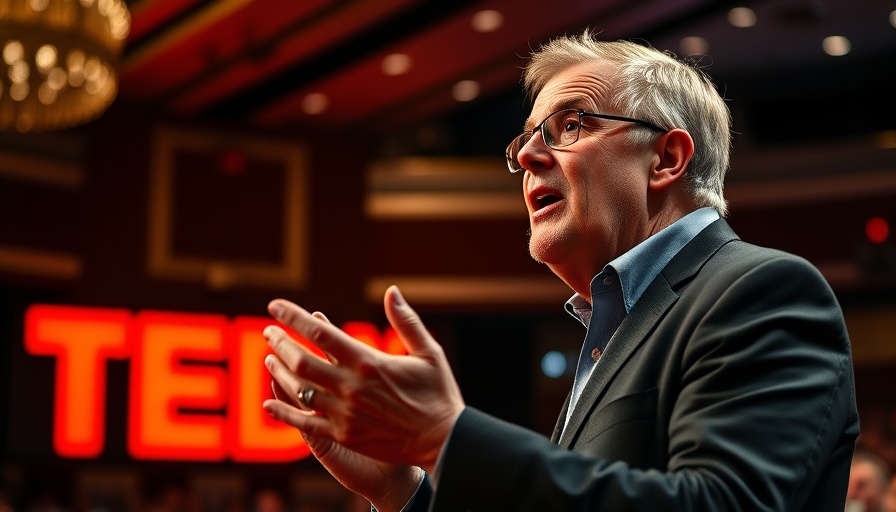
Understanding the Crisis: Why Isn’t Research Making a Strong Impact?
In the TEDx talk titled Why isn't research changing the world?, Iain White reveals a stark reality facing academia today—a crisis across multiple sectors, including health, climate, housing, and beyond. The crux of his argument is that despite producing a staggering volume of research and knowledge, academia often falls short of effecting substantive societal change. This paradox invites a critical examination of how research in universities is organized, funded, and ultimately applied.
In Why isn't research changing the world?, Iain White discusses the persistent crisis in academia and the challenges in translating research into impactful societal change.
Evaluating Productivity vs. Impact in Research
One key point raised in White's talk is the overwhelming success in the generation of knowledge. The increased number of global publications—an increase between 8% to more than 10% annually for decades—suggests that academia is thriving in terms of output. However, this productivity has not translated into actual solutions for persistent global issues. As White aptly notes, the science that emerges is often more incremental rather than transformational, resulting in a distinct gap between the information produced and the societal change it is intended to influence.
Confronting the Structural Issues in Academia
The structural organization within universities often fosters silos, leading to fragmented solutions. Academics commonly find themselves working within narrow fields, restricting their potential to engage in interdisciplinary collaboration. White’s call for cognitive diversity stresses the importance of breaking down these disciplinary barriers. Collaboration between experts in different fields can provide unique insights into complex problems, allowing for a more holistic understanding crucial to finding and applying innovative solutions.
Transforming Failure into Learning Opportunities
White emphasizes the need to talk openly about failure within academia. Traditional narratives praise success while neglecting the powerful insights that can be gleaned from past failures. By embracing these discussions, researchers can pause and reflect, posing critical questions about accountability and the assumptions underlying their work. This practice fosters an environment where learning from failure can lead to significant innovations and approaches to global issues.
Urgency for Action and Institutional Reform
Acknowledging failures not only promotes introspection but also drives the necessity for reform in how we approach research. White argues for a need to challenge the 'business as usual' mindset that often permeates scientific inquiry. Universities and governmental bodies should cultivate environments where interdisciplinary collaboration thrives, integrating diverse perspectives to tackle crises in a more unified manner.
Evidence of Collaboration: A Gateway to Transformation
Modern problems cannot be effectively solved in isolation. The universality of crises such as climate change and inequality demands collaboration between scientists, policymakers, and communities. White points out that universities possess the unique infrastructure to facilitate such collaborations—housing experts from various fields under a single roof. When brought together, these diverse minds can generate innovative ideas that may lead to substantial and actionable solutions.
The necessity for addressing global crises calls for immediate action. Moving forward, it's vital to harness existing knowledge effectively and prioritize collaboration across disciplines. By changing established norms, we can leverage the power of collective expertise to address the core of these persistent issues.
Conclusion: Bridging the Gap Between Knowledge and Action
This analysis of White’s thought-provoking insights challenges professionals in academia and beyond to rethink their approach to research. Acknowledging the limitations of our existing methods and striving for innovative, collaborative solutions could bridge the gap between knowledge and tangible change. As professionals exploring the integration of research into real-world applications, it is crucial to advocate for and participate in these transformative initiatives.
Take action now! Join discussions on cognitive diversity and innovative practices in your field. Collaborate with others who share your vision for change and explore how you can contribute to addressing the global issues we face. Together, we can turn the tide towards a future of impactful research.
 Add Row
Add Row  Add
Add 




Write A Comment